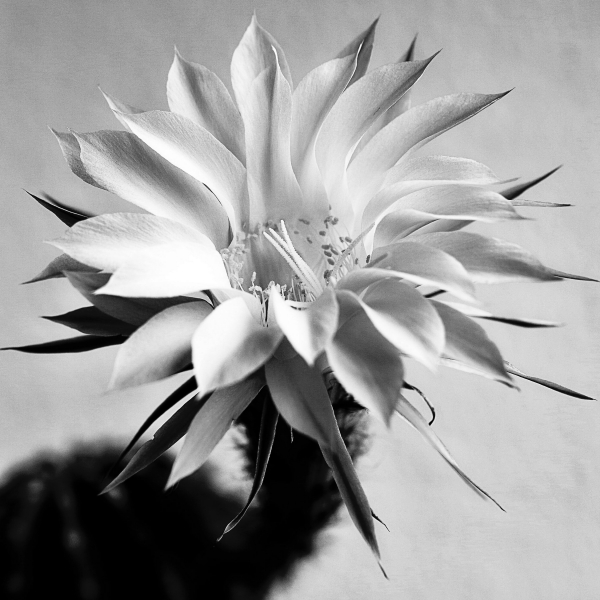
The Native American Church of North America (NACNA) uses peyote as a sacrament. Recently, NACNA leaders observed that the legal responsibilities enforced by the American Indian Religious Freedom Act (AIRFA) regarding the protection of peyote were violated daily by the clinical and pharmaceutical industries. In addition, they ask that the interior, agriculture, and justice departments protect the peyote habitat.
Protection of Peyote Habitat
A report from Yahoo News stated that on Tuesday, Feb.28, NACNA leaders gathered at the Department of the Interior to urge the federal government to uphold its legal obligations in enforcing the 1978 AIRFA, which was signed into law by President Jimmy Carter. It reportedly protects the rights of Native Americans to practice their traditional religions and guarantees access to sacred sites and the use and possession of sacred objects.
The NANCA has more than 300,000 members. It bases many of its prayer ceremonies on the permissible use of peyote as a sacrament. Peyote is classified as a Schedule I substance by the Drug Enforcement Agency (D.E.A.) of the United States, which means it is against the law for non-Native individuals to possess it. The officials of NACNA stated that the federal government is not enforcing the AIRFA and its amendment from 1994.
In addition, leaders of the NACNA are requesting that the Departments of the Interior, Agriculture, and Justice take the initiative to safeguard the continued consumption of peyote by members of federally recognized tribes. However, while the organization is requesting federal financing for the conservation of peyote and the creation of protected habitats where it can be grown, they want the United States government to implement laws that prohibit people who are not Native Americans from using the drug.
Some people who are not Native Americans use peyote for recreational purposes, and there have been efforts to decriminalize it. Nevertheless, the NACNA officials believe these efforts violate Native American cultural and ceremonial traditions. Peyote use for recreation and the marketing of peyote as a medicine could lead to overharvesting of the plants, according to the leaders of Native American communities. As mentioned, peyote is believed to be over 10,000 years old, as determined by carbon dating. Peyote Gardens is the name given to the area home to the slow-growing cactus plant that takes between eight and ten years to reach full maturity.
Thus, NACNA is requesting that the federal government provide funding for $5 million for a new program that will be established either by the existing Conservation Reserve Program of the USDA or as a stand-alone grant program that the Office of the Assistant Secretary for Indian Affairs of the Department of the Interior will administer. Moreover, representatives from Indian Country, including the leadership of NACNA, are scheduled to appear before the House Appropriations Subcommittee on Interior, Environment, and Related Agencies the following week to testify on a variety of issues, one of which is the protection of peyote and the environment in which it grows.
On the other hand, as per the National Oceanic and Atmospheric Administration, the AIRFA look after the rights of Native Americans to practice their traditional religions by ensuring access to sites that use and possess sacred objects and the freedom to worship through ceremonials and other forms of religious expression.
Also Read: Catholic Church Allegedly Using Death of Pedophile to Protect Him from Lawsuits
Origin of Peyote
According to the Department of Justice/Drug Enforcement Administration peyote has been used since the beginning of documented history. Native Americans from the northern region of Mexico use it., in addition to the southwest region of the United States, as a component of their ceremonial practices of religion. As stated, it is possible to isolate mescaline from the peyote plant or through chemical synthesis.
Related Article: Prayers for Protection: What to Say When You Feel Scared, Need Protection From Evil

















